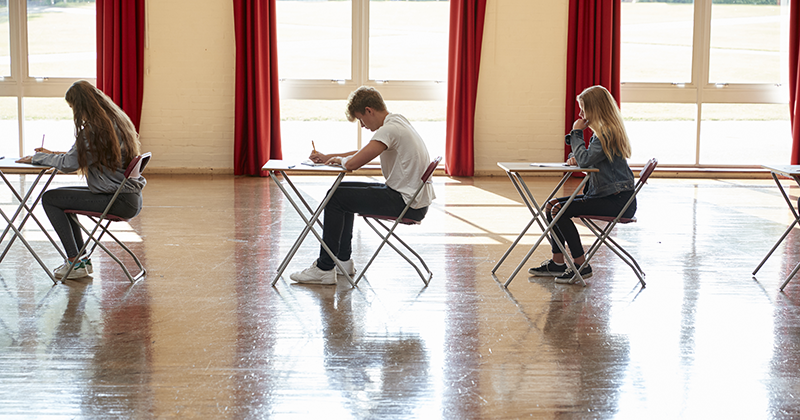Bids to run new special or AP free schools proposed by councils are more likely to succeed if they come from multi-academy trusts (MATs), the government has said.
The Department for Education now wants applicants to demonstrate that settings opened via the free school “presumption route” will be financially and operationally “resilient”.
It comes as the sector grapples with cash shortages and a falling rolls crisis, leading to fears for the viability of some primaries and secondaries.
The Education Policy Institute warned last month that school funding could plunge by over £1 billion in five years as a result.
Unlike free school application waves, which allow trusts to apply to government to set up academies, the presumption route allows councils to seek bidders and then put forward their preferred chain to ministers.
Today, the government updated its guidance on the route to state that applicants “should be aware that an emphasis will be placed on ensuring the ongoing resilience of new schools that are approved through this process”.
It went on to say that special and AP settings were “typically smaller than many mainstream schools, increasing the importance of demonstrating this resilience both financially and operationally”.
Single academies expected to show growth plans
MATs “are able to operate at increased scale, supporting the resilience” of their academies.
“Applications that result in a school which is part of a MAT…are more likely to be successful in a special or AP free school competition, because they will be able to better demonstrate that they meet the assessment criteria.”
If a new school opens as a single-academy trust, government “would expect” the SAT “to show clear plans about how they will grow and become a MAT over time to ensure its resilience”.
Ministers have said they want to see more schools in “strong” multi-academy trusts.
The presumption process is the main route for councils to get free schools to open in their areas to meet need for places.
The change also follows warnings from the Confederation of School Trusts that primaries and secondaries face “severe financial hardship” because of a technical funding change which meant they got a measly 0.5 per cent per-pupil increase.
Since 2018, the rates have risen by between 3 and 7 per cent. But this year, the government only increased minimum per-pupil funding levels by 0.5 per cent, despite school funding rising overall by 1.9 per cent.
Projections suggest the number of school children will fall by 818,000 between 2022-23 and 2032-33, following a national birth-rate slump.











